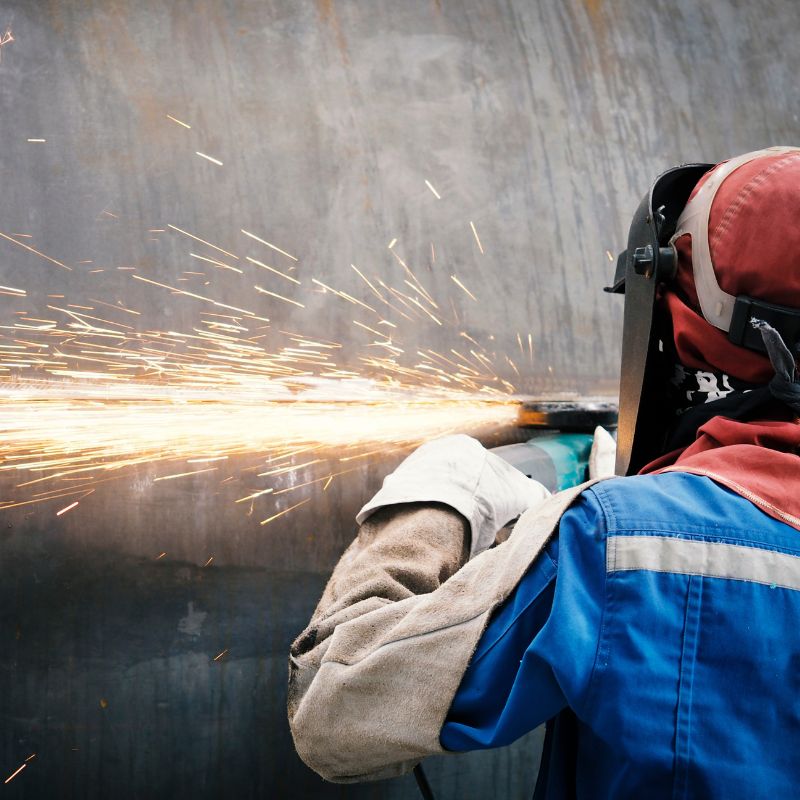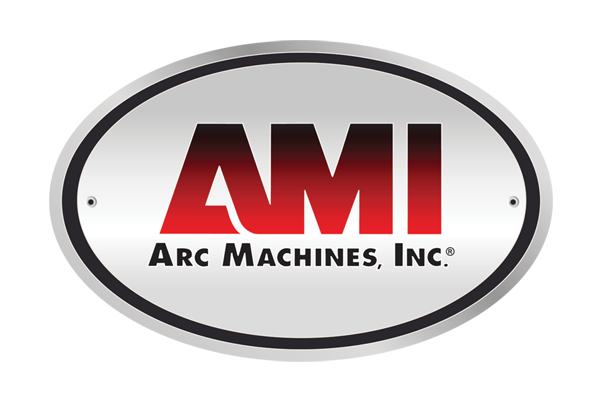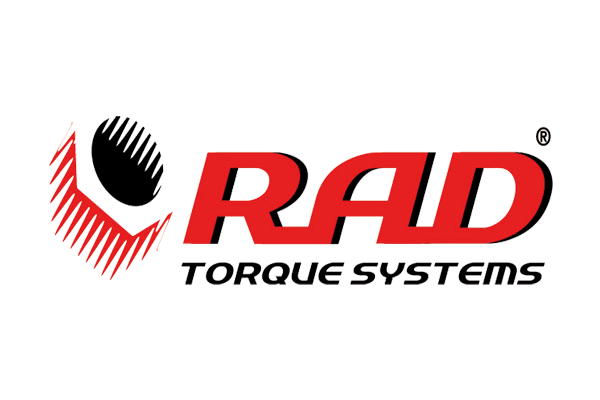4 Different Kinds of Pipe Beveling Joints
Pipe beveling is critical in preparing pipes for welding, ensuring a proper fit and a strong joint. Several kinds of beveling joints are used in various applications depending on the type of connection required, the thickness of the pipe, and the environmental conditions it will endure.
Let’s look at the four different kinds of pipe beveling joints and their specific uses.
Single-V Bevel
The single-V bevel joint is the most commonly used pipe welding, providing a strong and efficient connection between pipes. It involves creating a V-shaped groove on one end of the pipe, with the other end left straight to fit into the groove.
This type of beveling is ideal for different pipe thicknesses, and you can easily achieve it using hand-held tools or specialized machinery. It is also suitable for pipes that experience high pressure and stress levels, making it a popular choice in industries such as oil and gas, construction, and plumbing.
Double-V Bevel
Similar to the single-V bevel joint, the double-V bevel involves creating two V-shaped grooves on each end of the pipes to be joined. This type of joint works better for thicker pipes or instances where a stronger connection is required.
The double-V bevel also provides better alignment and increased surface area for welding, resulting in a more robust joint that can withstand higher levels of stress and pressure. It is common in industries involving heavy-duty pipes, such as shipbuilding, structural steel, and pipeline construction.
J Bevel
The J bevel joint is common in pipes with smaller diameters and thinner walls. It involves creating a J-shaped groove on the end of one pipe, with the other end left straight to fit into the groove.
This type of beveling allows for a tighter connection between pipes and is suitable for applications that require a smoother inner surface, such as in the food and beverage industry. It is also commonly used in gas and water pipelines where corrosion resistance is essential.
Compound Bevel
The compound bevel joint involves creating multiple angled cuts on the edges of the pipes to join, resulting in a beveled edge that resembles a staircase. This type of joint is common for connecting pipes at different angles.
The compound bevel provides a strong and secure fit for pipes that need to change direction, such as in plumbing systems or pipelines with bends. It is also commonly used in structural steel applications requiring angled connections.
The type of beveling joint used will depend on the project’s specific requirements and the pipes’ intended use. It is essential to choose the right type of bevel to ensure a strong and durable joint that can withstand the demands of its application. It is crucial to have proper knowledge about different types of pipe beveling joints before starting any project involving pipes.
If you need automated pipe spool welding for your project, SEC Industrial is here to help. With our expertise in pipe welding and fabrication, we can ensure your project’s joints are strong, precise, and meet industry standards. Contact us today for a consultation, and let us assist you in achieving the best results for your project.









